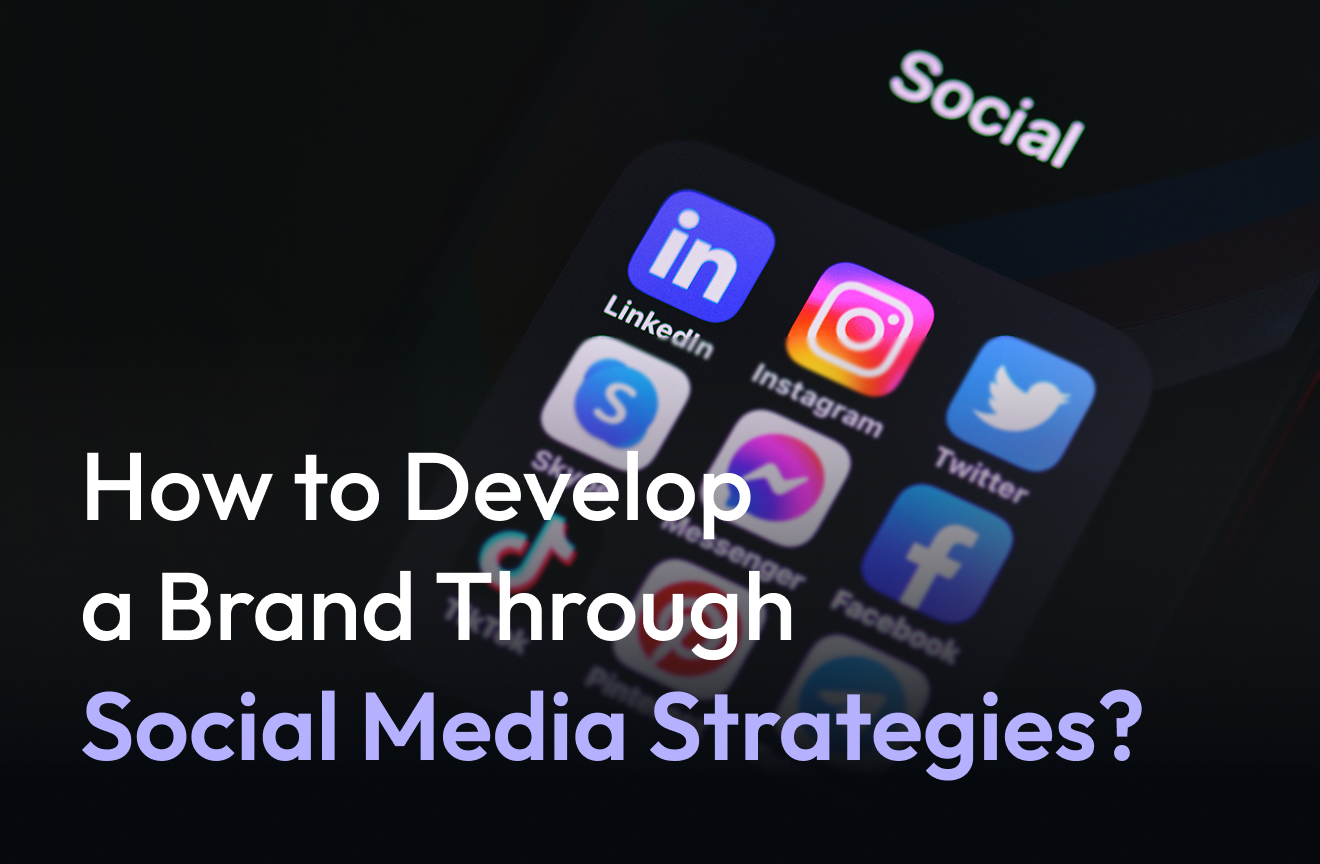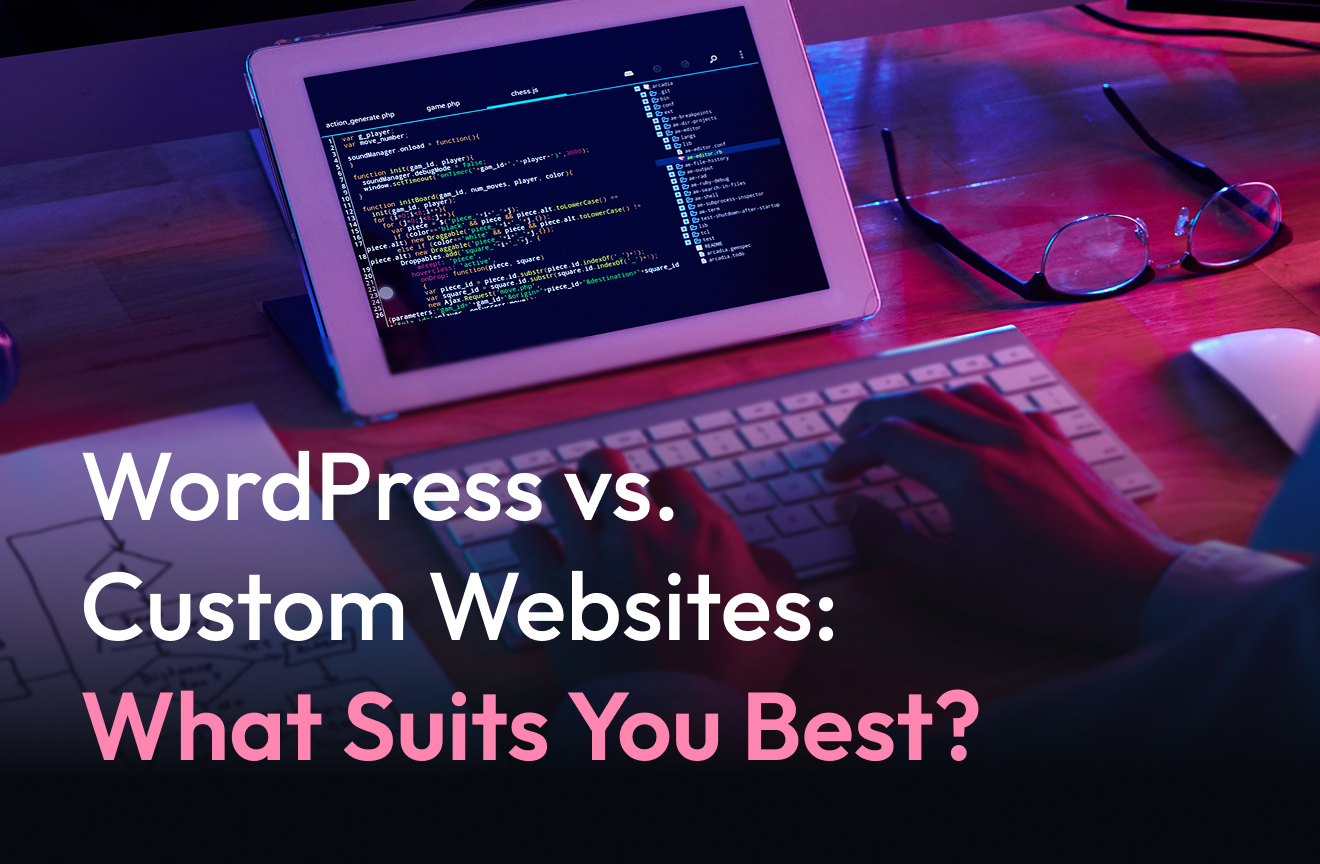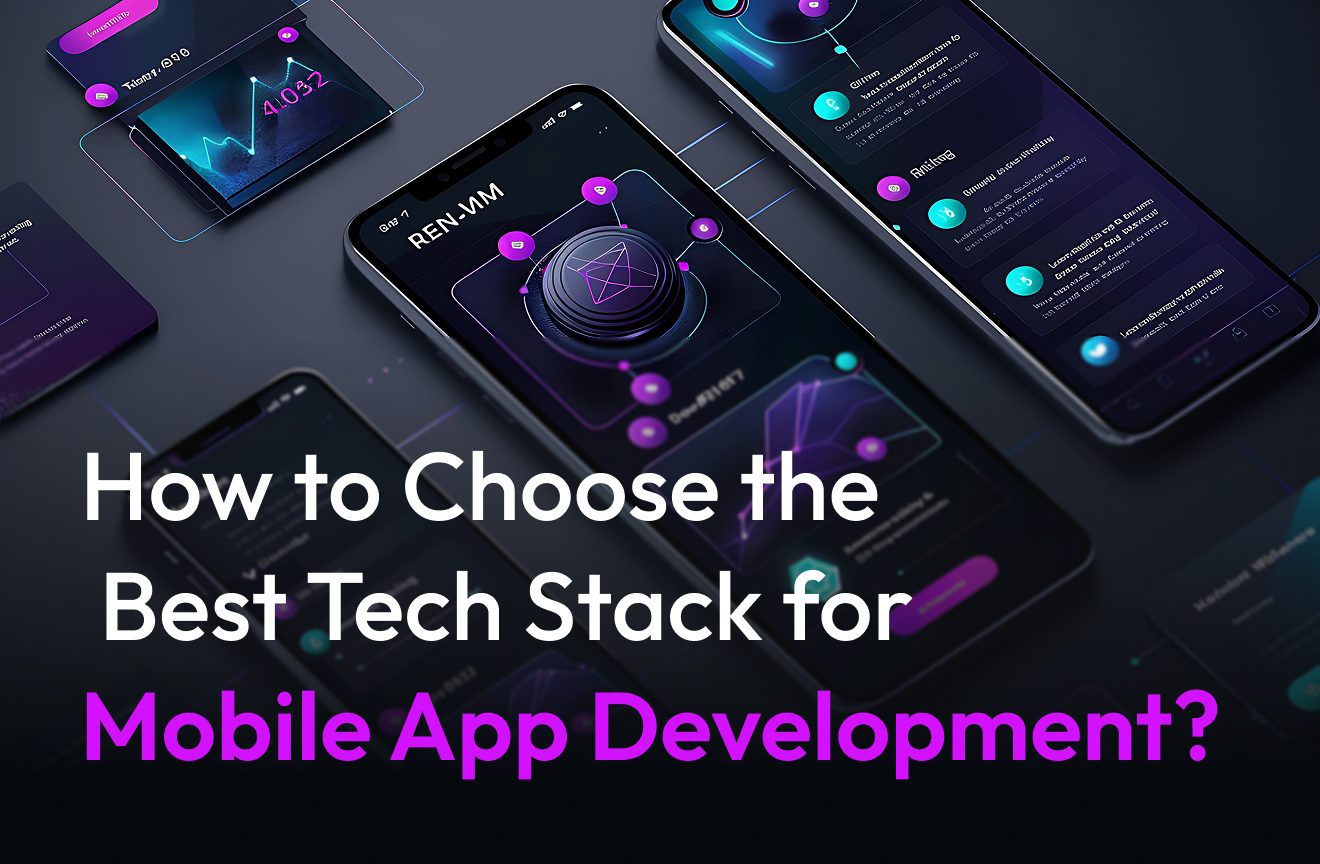In today’s digital-first landscape, a strong presence on social media is no longer an option for brands, it’s a must. Whether you are a start-up looking to find your niche or an established company, aiming to maintain a connection with the times, implementing Innovative Social Media Strategies can re-mold the reach, reputation and revenue of your brand.
But how can you develop a brand that people retain, follow and interact with? Many companies rely on social networks to do their heavy lifting.
Why Social Media Matters for Branding
Before jumping into strategies, let’s discuss why social media is such a strong tool for brand development.
Social media platforms such as Instagram, Facebook, LinkedIn, Twitter (now X), TikTok and Pinterest have emerged as the new town square of sorts. That’s where people converse, share, discover and connect. Your brand’s not just competing for attention from direct competitors, you’re up against cat memes, viral dances, breaking news and influencers.
When done correctly, social media enables your brand to:
- Build a better relationship with your audience.
- Show your brand’s human side.
- Push word-of-mouth marketing in volume.
- Increase customer loyalty.
- Establish yourself as a thought leader.
Let’s now break down the Social Media Strategies you need to build a brand that cuts through the noise.
1. Define Your Brand Identity
Step one is uncompromising branding. You have to answer questions such as:
What do you believe in as a brand?
What is your tone of voice: playful, formal, motivational, sarcastic or educational?
Who is your target audience?
Define your personality So you need to have your personality defined for all your platforms. A brand’s identity involves more than just a logo or color palette it’s how you communicate, interact and add value.
2. Choose the Right Platforms
Not every social network is created equal in the eyes of a brand. Knowing where your audience spends their free time is part of a good Social Media Strategy.
Instagram & TikTok: Ideal for visual storytelling, lifestyle brands, fashion and entertainment
Facebook: Awesome for creating community & older target demographics
LinkedIn: Best B2B brands and professional thought leadership.
X (Twitter): Real-time conversation, news reactions and the tech-savvy crowd.
Pinterest: Extremely potent for niches such as home decor, craft, beauty and travel.
Not everyone is on every platform and spreading yourself too thin across them can dilute your efforts. Whether digital or live, focus on where your target audience resides.
3. Create Value-Driven Content
Your audience isn’t scrolling through social media looking for ads they want entertainment, education or inspiration. And the key is providing your audience native, authentic and valuable content.
Some content ideas include:
- Educational content (guides on how to do something, tips and infographics).
- UGC (user-generated content like reposts of customers photos or reviews)
- Behind the scenes footage (humanizes your brand)
- Polls and questions (increase engagement).
- Participation in Trends (Appropriately Leverage Viral Challenges or Memes).
The top brands on social media don’t merely sell products, they create experiences and conversations.
4. Consistency is Key
It’s like following a brand on Instagram that posts twice a day for seven days and then suddenly disappears for 30 days. Missing a week makes your audience forget about you and comes along with a decrease in your algorithm appearance.
A well-researched content calendar:
- Post regularly, but do not over-post.
- Step with future campaigns, events and holidays.
- We help you stay true to your brand voice and personality.
They hire the best digital marketing agency to create their schedule on point to stay on the track if in-case your internal teams get busy.
5. Engage, Don’t Just Broadcast
Social media is a two way street. You should also not just be posting content, if you are missing out on the interaction aspect, you are missing out on it all.
Engage with comments, reply to DMs and participate in conversations. The brands that truly care about their community see greater levels of engagement and loyalty. Social listening tools can be particularly helpful for tracking mentions, hashtags and customer sentiment transforming passive followers into trusted brand advocates.
6. Use Paid Advertising Strategically
Even if organic growth is the goal, social platforms are becoming more and more about paid content. Even the best organic posts can only take you so far.
Paid ads allow you to:
- Target specific demographics.
- Retarget website visitors.
- Boost top-performing posts to reach your audience.
- Get people to landing pages, special deals and product launches.
A paid strategy based on data is created by the social media marketing agency most of the time, this one guarantees your investment does pay off, not only with comments & likes.
7. Collaborate With Influencers
Influencer marketing isn’t some passing trend, it’s now a pillar of modern branding. Compared with traditional ads, influencers have built trust with niche, target audiences and making their recommendations feel more real.
Micro-influencers (10K-100K followers) typically have stronger engagement rates than any celebrity and working with them can massively boost your brand exposure.
But follower counts are not all that matters. Find influencers that are a match for your brand values and business objectives.
8. Leverage User-Generated Content
Users trust individuals more than they trust companies. Which is why user-generated content (UGC) photos, videos and testimonials created by your actual customers is marketing gold.
Reposting UGC:
- Builds trust.
- Provides social proof.
- Lightens your content creation burden.
Feature customers who tagged your brand or used branded hashtags. It can explode your reach and create a community feel around your product.
9. Analyze and Adapt
A good Social Media Strategy is dynamic in nature. Platforms tweak algorithms all the time, trends evolve and audience behavior changes.
Track the following using either built-in analytics tools or third-party software:
- Engagement rates.
- Click-through rates.
- Audience growth.
- Content performance.
You will be able to record and analyze things like these based on this data and improve your content, posting schedule and ad strategies from it.
10. Build a Community, Not Just a Following
The best brands on social media aren’t just collecting followers, they’re cultivating communities. A loyal community doesn’t only purchase from you they promote you.
Examples of community-building strategies include:
- Running a giveaway or contest.
- Establishing gated groups such as communities on Facebook or Discord
- Encourage user feedback and act upon it.
- By posing live questions and answers or containing webinars.
- Tailored replies to the comments and messages.
A community provides your brand with long-term presence and header in a competing marketplace.
Final Thoughts
Social Media Strategies to build a recognizable, trusted and beloved brand is an art and a science. It’s about connecting with humans, telling smart stories, visual creativity and ongoing adaptation.
From defining your brand identity to leveraging analytics, it’s all useful. So, when in doubt, you can always partner with the best digital marketing agency for a boosted expert touch in your brand.
The world of social media is a fast-paced environment and the brands which win are the ones that remain authentic, consistent and engaged with their audience.
So, if you are going to start a new brand or revitalise an existing brand, implement smart, human-centered Social Media Strategies and your brand will get promoted in the digital age!

Stay Up to Date
Get our newsletter

Table of Contents
Toggle- Why Social Media Matters for Branding
- 1. Define Your Brand Identity
- 2. Choose the Right Platforms
- 3. Create Value-Driven Content
- 4. Consistency is Key
- 5. Engage, Don’t Just Broadcast
- 6. Use Paid Advertising Strategically
- 7. Collaborate With Influencers
- 8. Leverage User-Generated Content
- 9. Analyze and Adapt
- 10. Build a Community, Not Just a Following
- Final Thoughts




